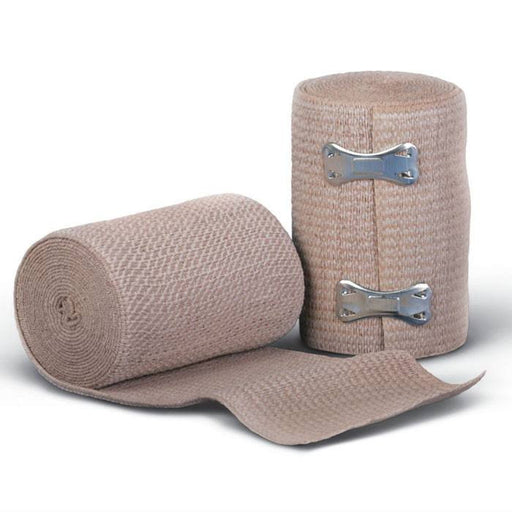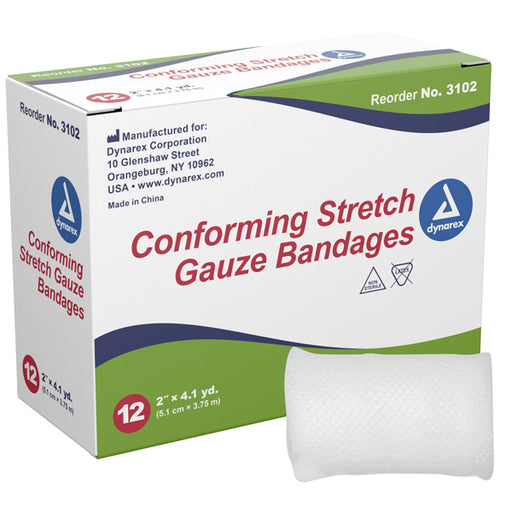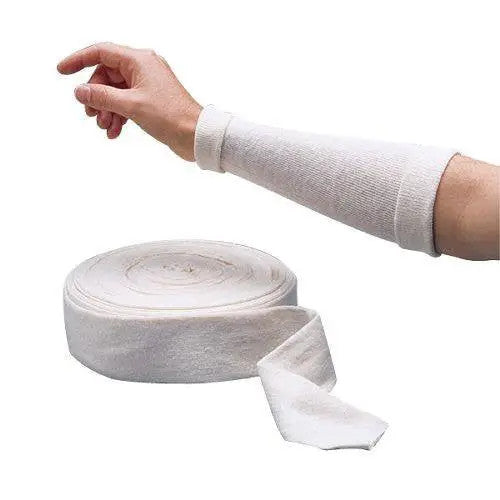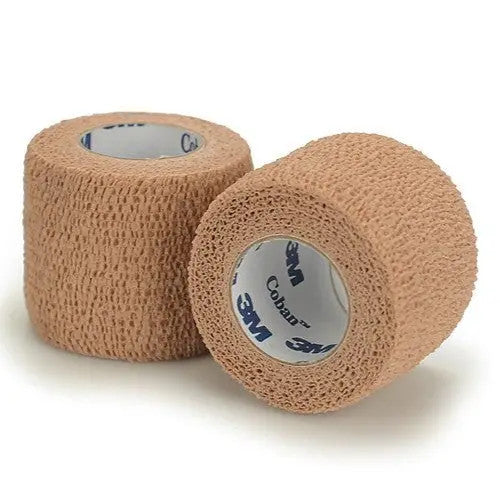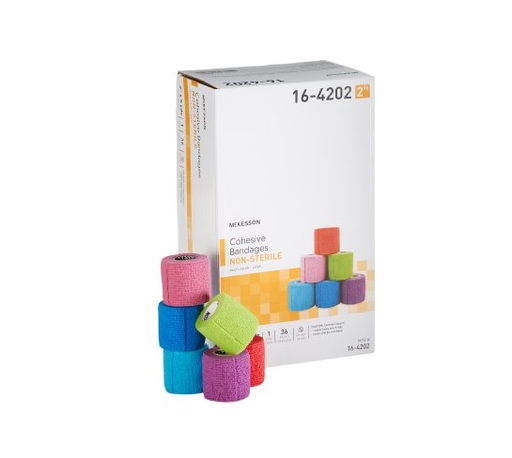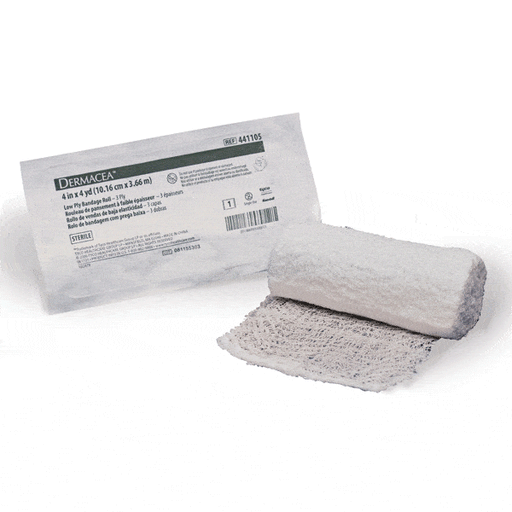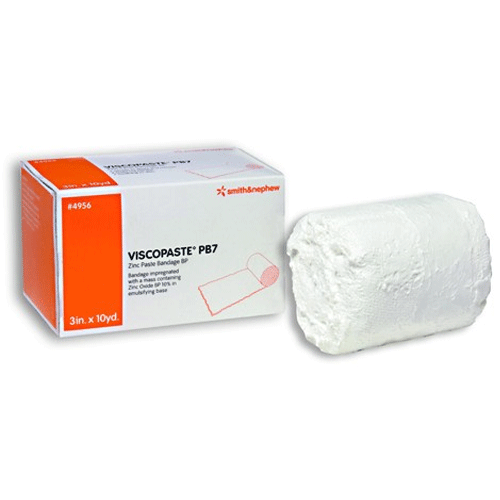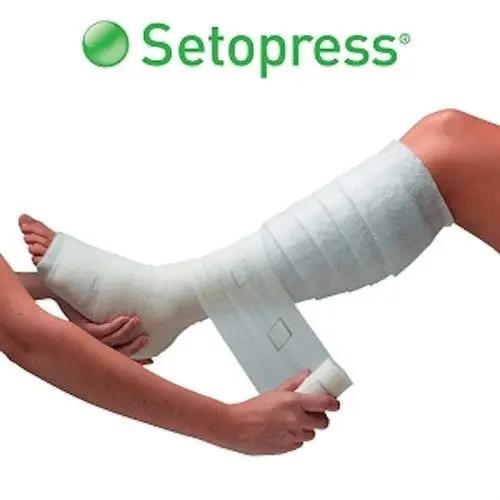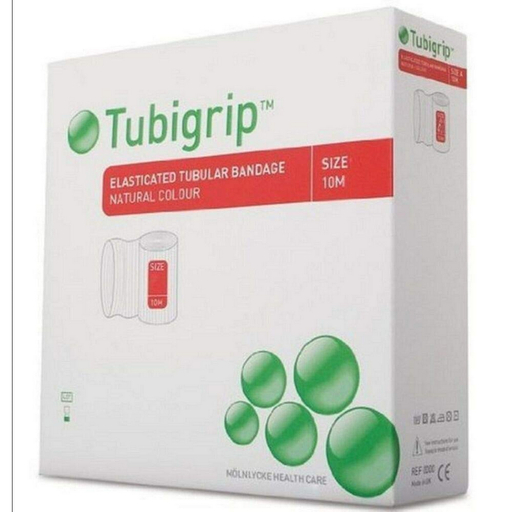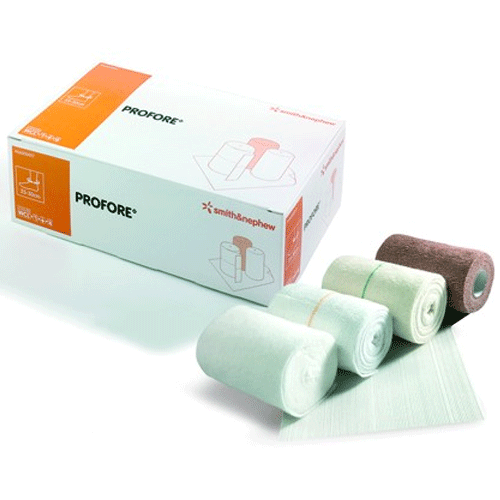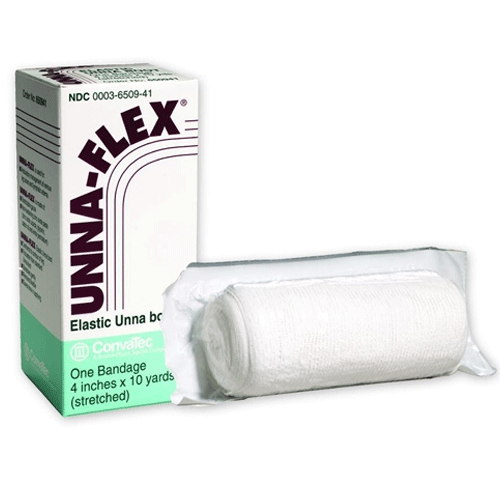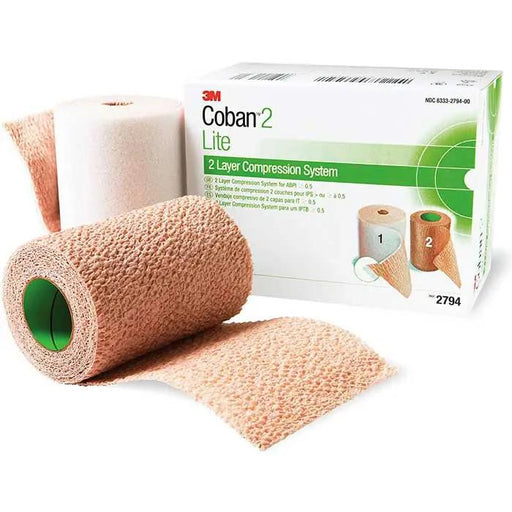What are Compression Bandages
Compression bandages are specialized elastic bands or wraps used to apply pressure to various parts of the body. They are commonly used for:
- Lymphedema: To manage swelling caused by fluid retention, particularly following surgery or cancer treatment.
- Venous Disorders: To improve circulation and support veins in conditions like varicose veins or chronic venous insufficiency.
- Injury Recovery: To reduce swelling and provide support to injured limbs, such as sprains or strains.
- Wound Healing: In conjunction with other treatments to promote healing by enhancing blood flow.
Types of Compression Bandages:
- Short-stretch bandages: Provide low resting pressure and high working pressure, suitable for active patients.
- Long-stretch bandages: Offer high resting pressure and are typically used for less mobile patients.
Benefits:
- Improves blood flow
- Reduces swelling
- Provides support and stability
Precautions:
- Must be applied correctly to avoid excessive pressure or impaired circulation.
- Patients should be trained on proper application techniques.
Always consult with a healthcare provider to determine the appropriate type and usage based on individual health needs.
How to Apply Compression Bandages
Applying compression bandages correctly is crucial for effective treatment and to avoid potential complications. Here's a general guide:
Preparation:
- Ensure the area is clean and dry.
- Start with the limb in a neutral or slightly elevated position to reduce swelling.
Begin Wrapping:
- Start at the narrowest part of the limb, typically near the ankle or wrist.
- Use even, overlapping layers to ensure consistent pressure.
Technique:
- Apply the bandage in a spiral motion, overlapping each previous layer by about half its width.
- Maintain firm and even tension, but not so tight that it causes discomfort or restricts circulation.
Check for Comfort and Fit:
- Finish the wrap just below the next joint (e.g., below the knee or elbow).
- Secure the end with tape or clips.
- Ensure there are no wrinkles or gaps, as these can cause uneven pressure.
Monitoring:
- After application, check for signs of
restricted circulation, such as tingling, numbness, increased pain, or
color changes in the skin. - Adjust the bandage if necessary.
Important Considerations:
- Follow specific instructions provided by a healthcare professional.
- Reapply as directed, usually daily or as swelling changes.
- Seek medical advice if discomfort or complications arise.
Proper instruction from a healthcare provider is recommended to ensure safe and effective use.
Compression Bandages Warnings:
When using compression bandages, it’s important to be aware of the following warnings and precautions:
Proper Application:
- Ensure the bandage is applied with the
correct tension. Too tight can impede circulation, while too loose may
not provide adequate support.
Monitor Circulation:
- Regularly check the limb for signs of
impaired circulation, such as tingling, numbness, increased pain,
swelling, or color changes.
Skin Integrity:
- Inspect the skin under and around the bandage for signs of irritation, breakdown, or allergic reaction.
Underlying Conditions:
- Use caution if you have conditions such as diabetes, peripheral vascular disease, or neuropathy. These conditions can increase the risk of complications.
Medical Advice:
- Always follow a healthcare provider’s
instructions regarding the use of compression bandages, especially for
chronic conditions like venous insufficiency.
Special Populations:
- Be particularly cautious in children, the elderly, or those with fragile skin.
Duration of Use:
- Do not leave a compression bandage on for longer than recommended by a healthcare provider. Remove it periodically to assess the condition of the limb.
Proper Training:
- Ensure you or the person applying the bandage is properly trained to avoid potential complications.
If you experience any adverse effects or if you’re unsure about the proper use, consult a healthcare professional immediately.

